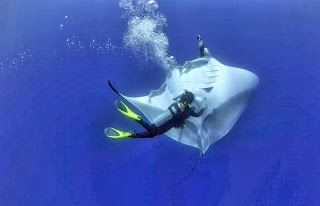

Many pro photographers and videographers worked with Yap Divers because we can provide and handle the rare opportunity to really get eye-on-eye with the sharks. We take great pride in our professional shark feedings – in all of our 25 years, we have never had an accident with the animals. Note that the sharks are very much focused on the bait, they hardly seem to notice the divers. More than 15 reef sharks, mostly Grey and Blacktip Reef Sharks, will speed up to get their share of the bait as the divers sit still on the balcony formed by an array of dead hard corals. The sharks are already present on spot, but once the chumsickle is in the water their elegant semblance rapidly changes for their hunting mode.

Vertigo… A Shark Diving MustĪ definite “must-do” for shark friends is our shark feeding at Vertigo Reef. Usually, a distance of three meters is sufficient for most sharks to make use of their sensing organs, the “Ampullae of Lorenzini” and “lateral line.” However, it is always possible that a shark approaches you at a closer distance, which is NO reason to feel threatened. Sharks and orcas are predators of the manta ray and you can sometimes spot scars from attacks, but like sharks, manta rays have an electrosensory system consisting of hundreds of electroreceptive organs, referred to as the ampullae of Lorenzini, which help them sense other organisms in their environment using electrical fields and prepare for. Depending on the interest of the shark it will either leave the scene, or come closer to investigate you. With more than two decades of professional shark diving under the belt, Yap Divers will do the best to ensure you will enjoy your encounters with the gracious “tigers of the sea.” Apart from the Whitetip Reef Shark, who can often be observed resting on the bottom of the reef, most encounters will begin with an animal passing below or in front of you in the open water. Shark Diving with Yap Divers Manta Ray Bay makes your Shark Day happen


 0 kommentar(er)
0 kommentar(er)
